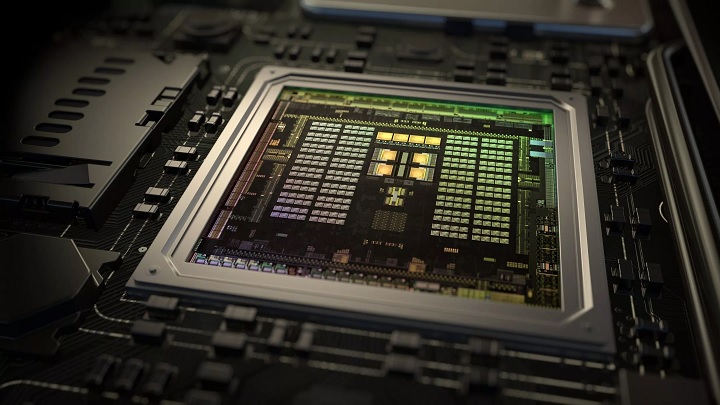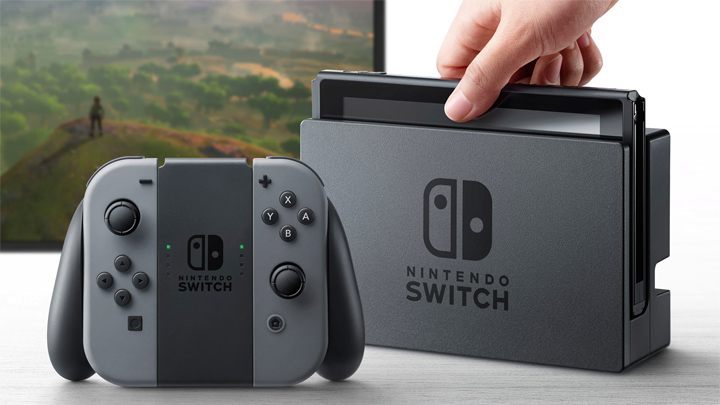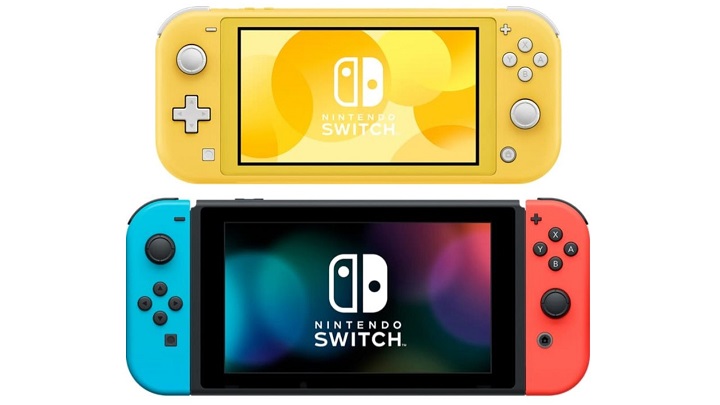Standard Switch Gets New CPU
Nintendo has filed an application to the Federal Communications Commission to change the specs of Nintendo Switch. The document refers to the original console model and mentions the NAND memory and Nvidia Tegra chip modifications, which, as rumors suggest, may translate into increased performance.

The announcement of a streamlined Switch model is not the only novelty that Nintendo is preparing. On the website of the US Federal Communications Commission came a request from the company to change the specification of an existing device (Class II Permission Change). The document concerns the current Nintendo Switch console model and refers to a change in NAND flash memory, system-on-chip (SoC for short) and - due to two previous modifications - the motherboard of the device. The latter refers to the Nvidia Tegra X1 chip, which is the heart of the platform.

As you can easily guess, the application does not specify the scope of the changes, so we do not know how serious the modifications are. However, many reports suggest that they may translate into an increase in console power. In June, the team at Digital Foundry collected all clues indicating Nintendo's use of the new Tegra variant (starting with the addition of support for the unknown chip model in the March 2018 update) and the benefits that this change could bring. Later on, Jim McGregor from Tirias Research analytics said in a conversation with Forbes (via Wccftech) that a smaller version of Switch would use a modified Tegra to "deliver 1080p mobile gameplay to a wider audience", which was to translate into better battery life and higher quality graphics. Interestingly, there was already a mention of "an improved version of the standard Switch", only that at that time we associated it rather with the alleged Nintendo Switch Pro. This suggests that McGregor has shared actual information, not just his own guesses, although this is not the final confirmation.
The validity of these reports can also be supported by the announcement of Nintendo Switch Lite. Apart from the mere confirmation of rumors of a more mobile version of the console, Nintendo made it clear that the device will use a new chipset, which will translate into longer battery life. Although this difference is insignificant (Lite is to work about half an hour longer than the original Switch on full battery), it is possible that it results from the smaller capacity of the battery itself, dictated by the smaller dimensions of the mini console. However, before we swoon over the alleged higher performance in games, it should be noted that this is still not confirmed. Equally, the new Switch specification can only translate into a longer mobile operating time or a reduction in heat output.

Nintendo has not yet referred to any of these reports and this is unlikely to change. The practice of modifying console specs without prior notice to consumers is nothing new and usually serves to reduce production costs or solve critical equipment problems. Enough to mention Xbox 360, whose first models were tormented by the infamous "Red Circle of Death". (The name is taken from the red LEDs indicating damage to the console). Microsoft has eliminated this vulnerability in subsequent 360 variants, which, of course, required a discrete change in the device specification. As we learned this only after the introduction of the improved models, the effects of the changes planned by Nintendo will be known only after the launch of the new consoles. Will we have to wait until the premiere of Nintendo Switch Lite on September 20 or the revised original Switch will come sooner - we will find out soon either way.
- The Elder Scrolls 6 finally gets a release year? Fans believe Skyrim's latest trailer has a valuable clue
- Baldur's Gate 3 publisher explains confusion with Divinity: Original Sin 3. We know what Larian is definitely not working on
- PS Plus: Two more bonus games for December 2025 have been announced. One of them is Assassin's Creed: Mirage
0

Author: Jacob Blazewicz
Graduated with a master's degree in Polish Studies from the University of Warsaw with a thesis dedicated to this very subject. Started his adventure with gamepressure.com in 2015, writing in the Newsroom and later also in the film and technology sections (also contributed to the Encyclopedia). Interested in video games (and not only video games) for years. He began with platform games and, to this day, remains a big fan of them (including Metroidvania). Also shows interest in card games (including paper), fighting games, soulslikes, and basically everything about games as such. Marvels at pixelated characters from games dating back to the time of the Game Boy (if not older).
Latest News
- Is Roblox shutting down on January 1? The rumor is back again, but let’s take a look at whether there’s any truth to it this time
- Studio responsible for GTA 6 is in serious trouble. British government announces investigation against Rockstar after controversial layoffs
- Interest in Clair Obscur: Expedition 33 has exploded once again thanks to The Game Awards 2025. There's at least two pieces of evidence to prove it
- After nearly 30 years, Ghost of Yotei's devs must start a new chapter. Brian Fleming's days at Sucker Punch are numbered
- Baldur's Gate 3 sales aren't slowing down even for a moment. Swen Vincke gave a new, round figure

